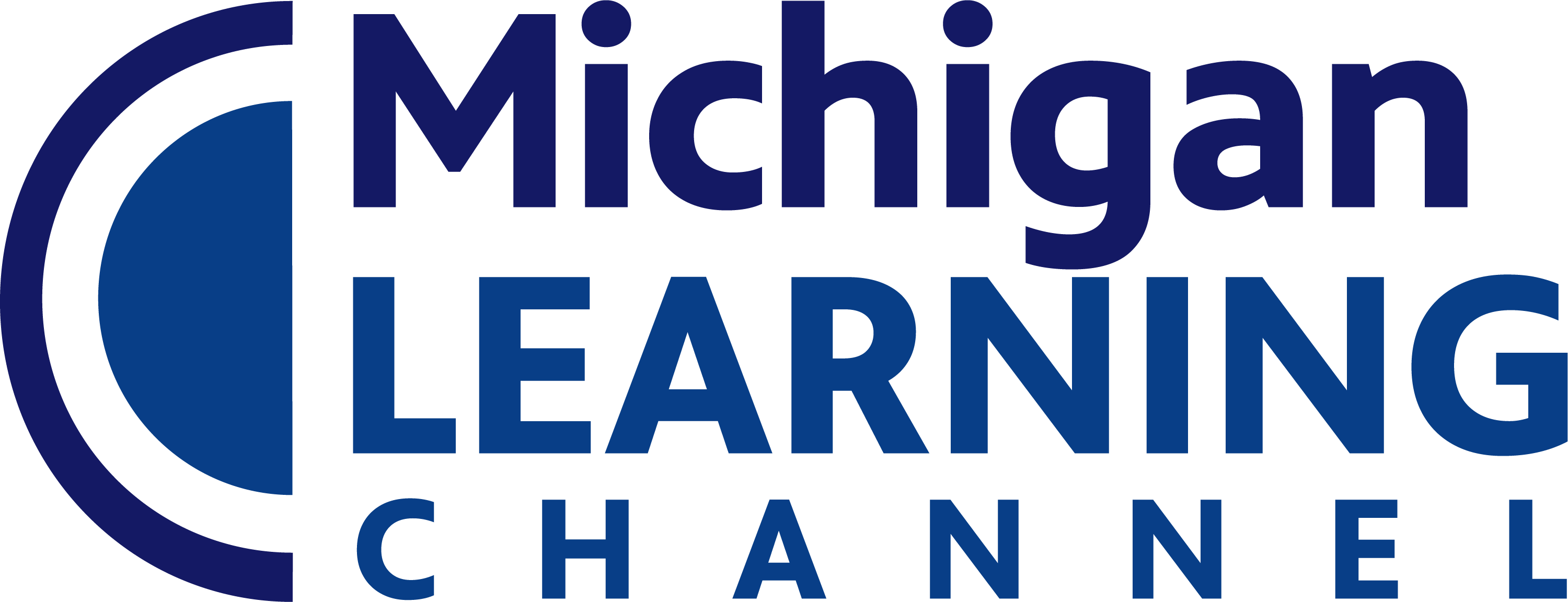Grades
Standard
When counting objects, say the number names in the standard order, pairing each object with one and only one number [...]
Understand that the last number name said tells the number of objects counted. The number of objects is the same [...]
Understand that each successive number name refers to a quantity that is one larger.
Count to answer “how many?” questions about as many as 20 things arranged in a line, a rectangular array, or [...]
Identify whether the number of objects in one group is greater than, less than, or equal to the number of [...]
Compare two numbers between 1 and 10 presented as written numerals.
Represent addition and subtraction with objects, fingers, mental images, drawings (drawings need not show details, but should show the mathematics [...]
Solve addition and subtraction word problems, and add and subtract within 10, e.g., by using objects or drawings to represent [...]
Decompose numbers less than or equal to 10 into pairs in more than one way, e.g., by using objects or [...]
For any number from 1 to 9, find the number that makes 10 when added to the given number, e.g., [...]
Compose and decompose numbers from 11 to 19 into ten ones and some further ones, e.g., by using objects or [...]
Describe measurable attributes of objects, such as length or weight. Describe several measurable attributes of a single object.
Directly compare two objects with a measurable attribute in common, to see which object has “more of”/“less of” the attribute, [...]
Classify objects into given categories; count the numbers of objects in each category and sort the categories by count. (Limit [...]
Describe objects in the environment using names of shapes, and describe the relative positions of these objects using terms such [...]
Correctly name shapes regardless of their orientations or overall size.
Construct solutions to problems using student-created components, such as procedures, modules and/or objects.
Analyze a large-scale computational problem and identify generalizable patterns that can be applied to a solution.
Use version control systems, integrated development environments (IDEs), and collaborative tools and practices (code documentation) in a group software project.
Develop and use a series of test cases to verify that a program performs according to its design specifications.
Modify an existing program to add additional functionality and discuss intended and unintended implications (e.g., breaking other functionality).
Compare multiple programming languages and discuss how their features make them suitable for solving different types of problems.
Evaluate computational artifacts to maximize their beneficial effects and minimize harmful effects on society.
Evaluate the impact of equity, access, and influence on the distribution of computing resources in a global society.
Predict how computational innovations that have revolutionized aspects of our culture might evolve.
Evaluate licenses that limit or restrict use of computational artifacts when using resources such as libraries.
Evaluate and refine computational artifacts to make them more usable and accessible.
Design and develop computational artifacts working in team roles using collaborative tools.
Document design decisions using text, graphics, presentations, and/or demonstrations in the development of complex programs.
Evaluate the ways computing impacts personal, ethical, social, economic, and cultural practices.
Test and refine computational artifacts to reduce bias and equity deficits.
Demonstrate ways a given algorithm applies to problems across disciplines.
Use tools and methods for collaboration on a project to increase connectivity of people in different cultures and career fields.
Explain the beneficial and harmful effects that intellectual property laws can have on innovation.
Explain the privacy concerns related to the collection and generation of data through automated processes that may not be evident [...]
Evaluate the social and economic implications of privacy in the context of safety, law, or ethics.
Illustrate ways computing systems implement logic, input, and output through hardware components.
Grades
Standard
When counting objects, say the number names in the standard order, pairing each object with one and only one number [...]
Understand that the last number name said tells the number of objects counted. The number of objects is the same [...]
Understand that each successive number name refers to a quantity that is one larger.
Count to answer “how many?” questions about as many as 20 things arranged in a line, a rectangular array, or [...]
Identify whether the number of objects in one group is greater than, less than, or equal to the number of [...]
Compare two numbers between 1 and 10 presented as written numerals.
Represent addition and subtraction with objects, fingers, mental images, drawings (drawings need not show details, but should show the mathematics [...]
Solve addition and subtraction word problems, and add and subtract within 10, e.g., by using objects or drawings to represent [...]
Decompose numbers less than or equal to 10 into pairs in more than one way, e.g., by using objects or [...]
For any number from 1 to 9, find the number that makes 10 when added to the given number, e.g., [...]
Compose and decompose numbers from 11 to 19 into ten ones and some further ones, e.g., by using objects or [...]
Describe measurable attributes of objects, such as length or weight. Describe several measurable attributes of a single object.
Directly compare two objects with a measurable attribute in common, to see which object has “more of”/“less of” the attribute, [...]
Classify objects into given categories; count the numbers of objects in each category and sort the categories by count. (Limit [...]
Describe objects in the environment using names of shapes, and describe the relative positions of these objects using terms such [...]
Correctly name shapes regardless of their orientations or overall size.
Construct solutions to problems using student-created components, such as procedures, modules and/or objects.
Analyze a large-scale computational problem and identify generalizable patterns that can be applied to a solution.
Use version control systems, integrated development environments (IDEs), and collaborative tools and practices (code documentation) in a group software project.
Develop and use a series of test cases to verify that a program performs according to its design specifications.
Modify an existing program to add additional functionality and discuss intended and unintended implications (e.g., breaking other functionality).
Compare multiple programming languages and discuss how their features make them suitable for solving different types of problems.
Evaluate computational artifacts to maximize their beneficial effects and minimize harmful effects on society.
Evaluate the impact of equity, access, and influence on the distribution of computing resources in a global society.
Predict how computational innovations that have revolutionized aspects of our culture might evolve.
Evaluate licenses that limit or restrict use of computational artifacts when using resources such as libraries.
Evaluate and refine computational artifacts to make them more usable and accessible.
Design and develop computational artifacts working in team roles using collaborative tools.
Document design decisions using text, graphics, presentations, and/or demonstrations in the development of complex programs.
Evaluate the ways computing impacts personal, ethical, social, economic, and cultural practices.
Test and refine computational artifacts to reduce bias and equity deficits.
Demonstrate ways a given algorithm applies to problems across disciplines.
Use tools and methods for collaboration on a project to increase connectivity of people in different cultures and career fields.
Explain the beneficial and harmful effects that intellectual property laws can have on innovation.
Explain the privacy concerns related to the collection and generation of data through automated processes that may not be evident [...]
Evaluate the social and economic implications of privacy in the context of safety, law, or ethics.
Illustrate ways computing systems implement logic, input, and output through hardware components.


